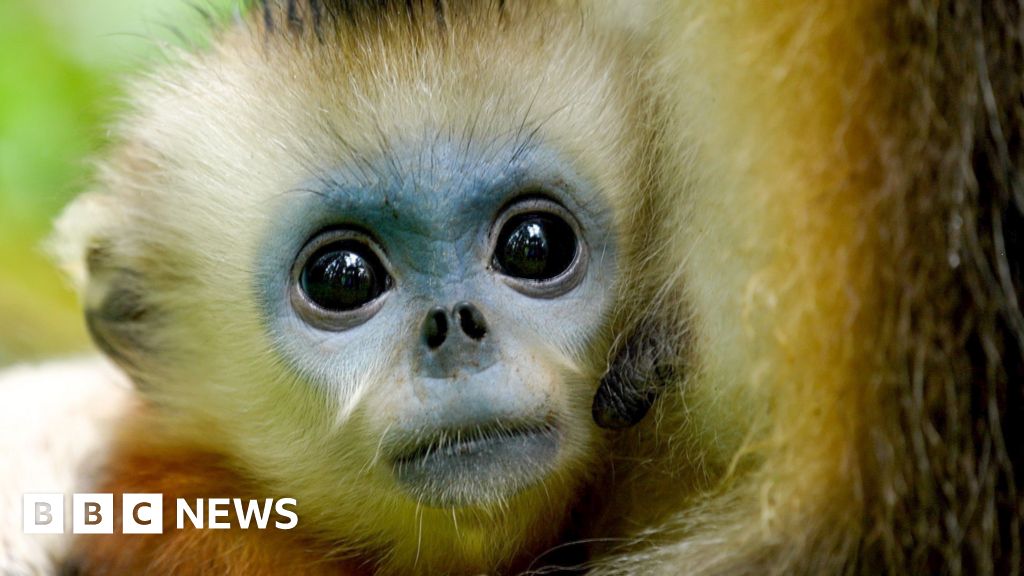In the remote mountains of Shennongjia, China, a small population of golden snub-nosed monkeys faced the brink of extinction due to extensive logging and hunting until conservation efforts began in the 1980s. Once numbering fewer than 500, the population has now flourished to over 1,600 thanks to the dedication of researchers and a shift towards protection and conservation.
Professor Yang Jingyuan, who has devoted his life to understanding and preserving these unique creatures, explains their complex social structure and communication, which includes sounds indicating danger or safety. His insights, coupled with the establishment of protective measures within the national park and engagement of local communities in conservation efforts, have played a crucial role in reversing the fate of these endangered primates.
Now, with an increase in their habitat and resources, the monkeys thrive in a protected environment, and there is great hope that their numbers will continue to grow. The ongoing research and community involvement demonstrate a successful model for wildlife conservation that not only saves these beautiful creatures but also integrates ecological awareness into the local communities.





















